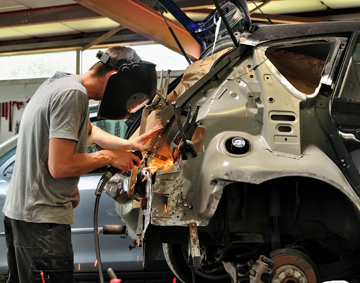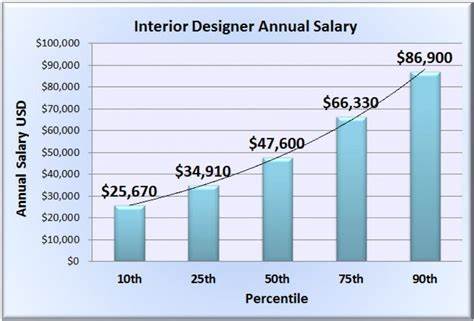The automotive industry has witnessed remarkable advancements in safety technology, resulting in vehicles that are not only more secure on the road but also better equipped to withstand collisions. Automakers are at the forefront of this evolution, continuously investing in research and development to create vehicles that prioritize safety for both drivers and passengers. This article delves into the innovations that automakers collision are implementing to redefine vehicle safety and repair.
Engineering for Impact Advanced Safety Features
Contents
- 1 Engineering for Impact Advanced Safety Features
- 2 Collision Avoidance Systems
- 3 Automatic Emergency Braking
- 4 Lane Departure Warning and Assist
- 5 Adaptive Cruise Control
- 6 Structural Enhancements Crash-Tested Designs
- 7 Advanced Materials
- 8 Crash-Test Simulations
- 9 Repairability and Technology The Collision Repair Revolution
- 10 OEM Repair Procedures
- 11 Diagnostic Tools
- 12 Technological Integration
- 13 Certified Collision Centers
Automakers have introduced a range of advanced safety features designed to mitigate the impact of collisions and reduce the likelihood of accidents.
Collision Avoidance Systems
Automakers are integrating collision avoidance systems that utilize sensors, cameras, and radar to detect potential obstacles and warn drivers. These systems can automatically apply brakes or adjust steering to avoid collisions.
Automatic Emergency Braking
Automatic emergency braking systems are becoming standard in many vehicles. These systems can detect an imminent collision and apply the brakes if the driver doesn’t respond in time, potentially preventing accidents.
Lane Departure Warning and Assist
Lane departure warning systems alert drivers if they unintentionally drift out of their lane. Some vehicles also offer lane-keeping assist, which gently guides the vehicle back into the lane.
Adaptive Cruise Control
Adaptive cruise control maintains a safe following distance from the vehicle ahead, automatically adjusting the speed based on traffic conditions.
Structural Enhancements Crash-Tested Designs
Automakers are investing in vehicle designs that excel in crash tests and ensure passenger safety in the event of a collision.
Advanced Materials
High-strength steel, aluminum, and other advanced materials are used strategically to reinforce vehicle structures, enhancing impact resistance and protecting occupants.
Crash-Test Simulations
Automakers use advanced computer simulations to analyze the effects of collisions on vehicles before they even hit the road. This allows engineers to optimize vehicle designs for safety.
Repairability and Technology The Collision Repair Revolution
As vehicles become more advanced, automakers are also considering repairability in the event of collisions.
OEM Repair Procedures
Automakers provide detailed repair procedures to ensure that vehicles are repaired correctly after a collision. These procedures are essential for maintaining safety features and structural integrity.
Diagnostic Tools
Automakers are developing diagnostic tools that can identify hidden damage and electronic issues, ensuring that vehicles are thoroughly inspected and repaired after a collision.
Technological Integration
Advanced collision repair involves recalibrating sensors, cameras, and other safety systems to ensure they function correctly after repairs. Automakers provide guidelines for proper calibration procedures.
Certified Collision Centers
Many automakers collaborate with certified collision centers that have the expertise and equipment needed to repair vehicles to manufacturer standards.
Automakers are reshaping the landscape of vehicle safety and repair through innovative collision prevention systems, structurally enhanced designs, and a commitment to ensuring that vehicles are repaired to the highest standards. By prioritizing safety features and repairability, automakers are not only reducing the likelihood of accidents but also ensuring that vehicles maintain their integrity and safety even after a collision. As technology continues to evolve, automakers remain dedicated to creating vehicles that prioritize the well-being of both drivers and passengers on the road.



